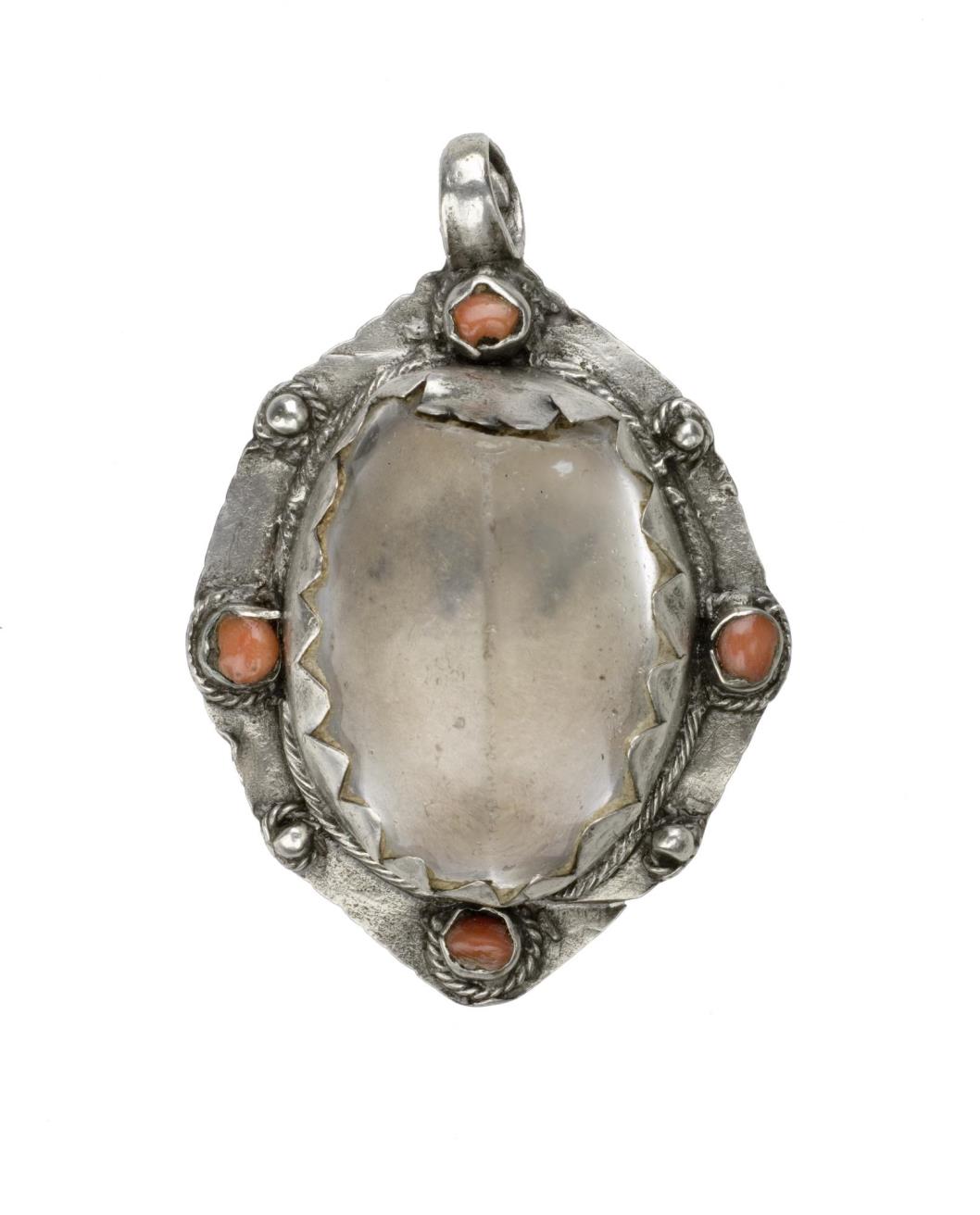

Southern Oregon Historical Society, Medford. In Living with the Land: The Indians of Southwest Oregon, edited by Nan Hannon, and Richard K. 1990 The Gold Hill Site: Evidence for a Prehistoric Socioceremonial System in Southwestern Oregon. Journal of California Anthropology 5: 53– 66. 1978 Aspects of Prehistoric Wiyot Exchange and Social Ranking.

Using X-ray fluorescence (XRF), the Red Elderberry specimen has been sourced to the Buck Mountain obsidian source in the Warner Mountain range of extreme northeastern California, the source of many of the large obsidian objects tested and classified as “socioceremonial” by Hughes ( 1978 Hughes, Richard E. However, the specimen is very similar morphologically (blade-like length, central constriction, and fine bifacial pressure flaking) to the large bifaces. Smithsonian Institution, Washington, D.C. Bureau of American Ethnology, Bulletin 78. 1925 Handbook of the Indians of California. The Red Elderberry biface is much smaller (measuring 5.6 cm long, 1.7 cm wide, and 0.7 cm thick) compared to the large bifaces, which could be as much as 84.0 cm long (Kroeber 1925 Kroeber, Alfred L. University of California Anthropological Records 13. Gifford 1949 World Renewal: A Cult System of Native Northwest California. P1321-1500) is reminiscent in form to the famous large red and black obsidian bifaces that were owned by wealthy men and were prominently displayed, along with white deerskins and woodpecker scalp headdresses, during the White Deerskin Dance, a Hupa, Yurok and Karuk World Renewal ceremonial (e.g., Kroeber and Gifford 1949 Kroeber, Alfred L., and E. The finely worked biface (California State Parks Catalog No. Geochemical characterization and morphological characteristics of the artifact indicate that it can be classified as a socioceremonial (versus utilitarian) object (cf. Miniature Treasure: Geochemical Sourcing Indicates Socioceremonial Significance of an Obsidian Biface from the Red Elderberry Site (CA-DNO-26), Northwestern Alta CaliforniaĪ red and black obsidian biface ( Figure 2) found in association with a contact period mens' sweathouse at the Red Elderberry site (CA-DNO-26), an ethnographic Tolowa village on the Smith River in Del Norte County, may be a miniature “treasure,” similar to the large ceremonial obsidian bifaces identified as wealth objects or treasures in ethnographic northwestern California.


 0 kommentar(er)
0 kommentar(er)
